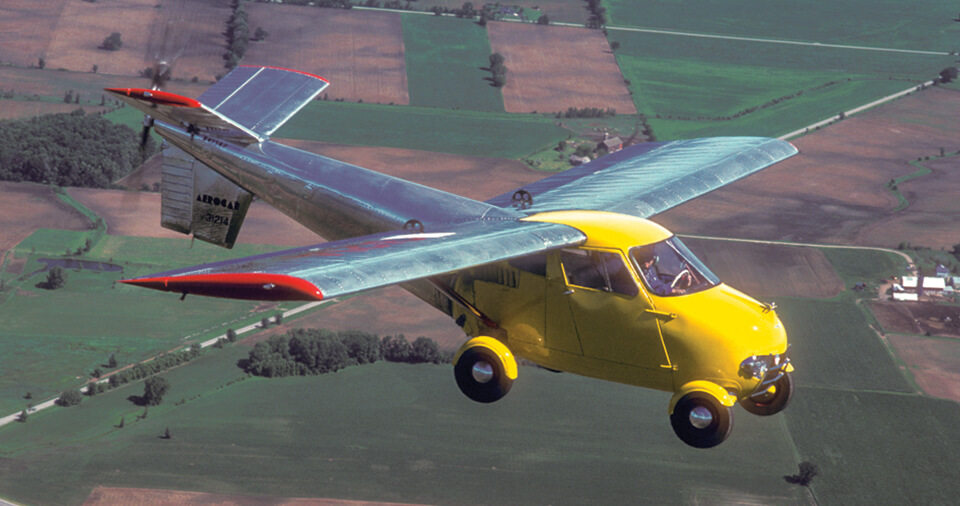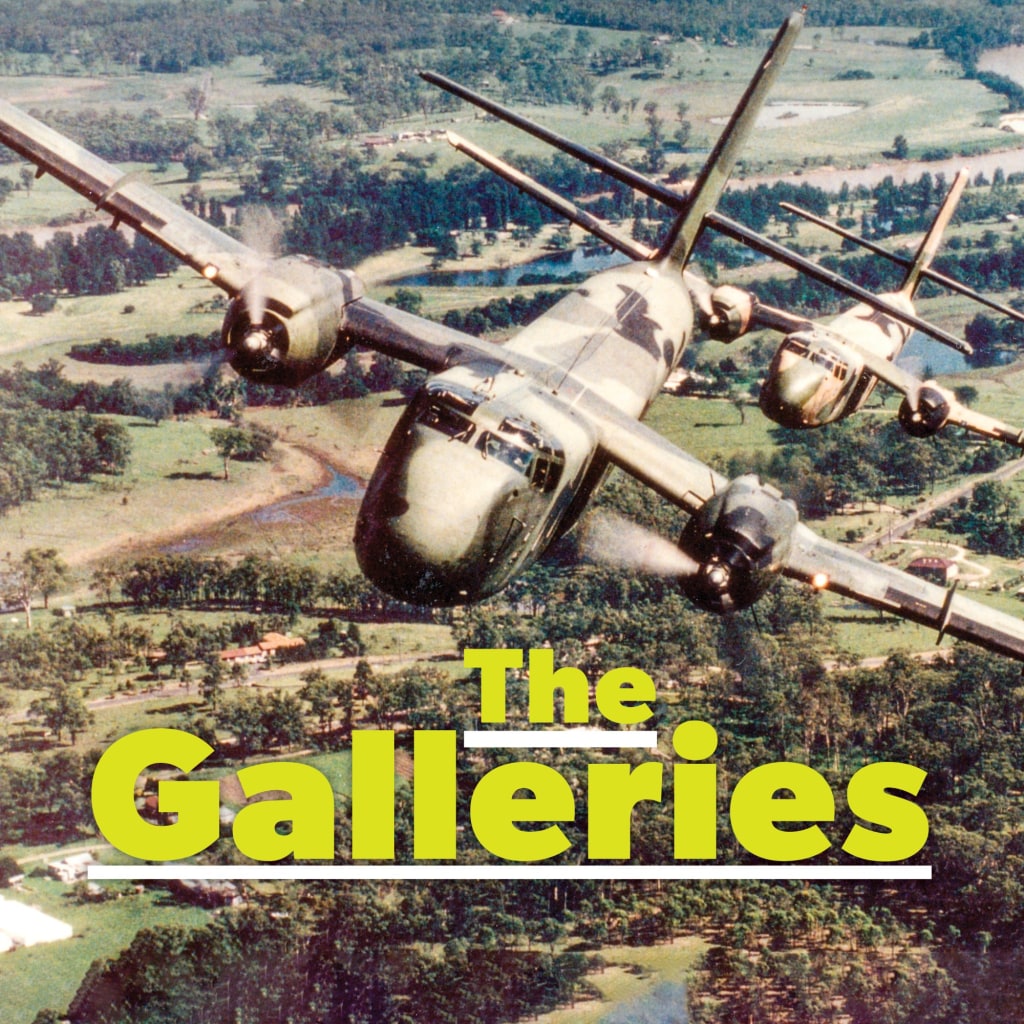
Flying Cars Throughout The Ages
1917 – Curtiss Autoplane
One of the earliest attempts on record of creating a ‘flyable car’ was by Glenn Curtiss in 1917, with the invention of the Curtiss Autoplane. Built of aluminium, the Autoplane had detachable wings, propeller, and tail. It also had four wheels and a cabin akin to any other motorcar of the time. When detached, the cabin itself looked much like any other car driving down the uneven roads of early 20th Century USA, however the vehicle was largely intended to be used more-so for flight, simply with road capabilities. While the Autoplane is largely regarded as the first successful attempt at a flying car, the vehicle only ever managed to ‘hop’ rather than fly. Shortly after the first Autoplane prototype was produced, the US entered into WWI, and development ceased. The Autoplane was dismantled in order to repurpose its parts for the war effort.
1946 – Airphibian
Unlike previous attempts at creating a flying car, inventor Robert Fulton decided to adapt a plane into a roadworthy vehicle, rather than the other way around. Fulton came to the idea during wartime flight instructing, which often saw him isolated and stranded in areas that were easily navigable by road, with just an aircraft at hand. Notably, the Airphibian was the first flying car to receive certification from the US Civil Aeronautic Administration – the predecessor of the FAA. The Airphibian had an aluminium body, with removable wings and tail, and plane-sized wheels for travelling down the road. It had a 150-horsepower, six-cylinder engine and could fly 190km/h and drive at 80km/h. It took just five minutes to convert from plane to car. While four prototypes were built and flown, the Airphibian failed due to lack of investment.
This content is available exclusively to Australian Aviation members.
Subscribe to Australian Aviation for unlimited access to exclusive content and past magazines.A monthly membership is only $5.99 or save with our annual plans.
- Australian Aviation quarterly print & digital magazines
- Access to In Focus reports every month on our website
- Unlimited access to all Australian Aviation digital content
- Access to the Australian Aviation app
- Australian Aviation quarterly print & digital magazines
- Access to In Focus reports every month on our website
- Access to our Behind the Lens photo galleries and other exclusive content
- Daily news updates via our email bulletin
- Unlimited access to all Australian Aviation digital content
- Access to the Australian Aviation app
- Australian Aviation quarterly print & digital magazines
- Access to In Focus reports every month on our website
- Access to our Behind the Lens photo galleries and other exclusive content
- Daily news updates via our email bulletin












